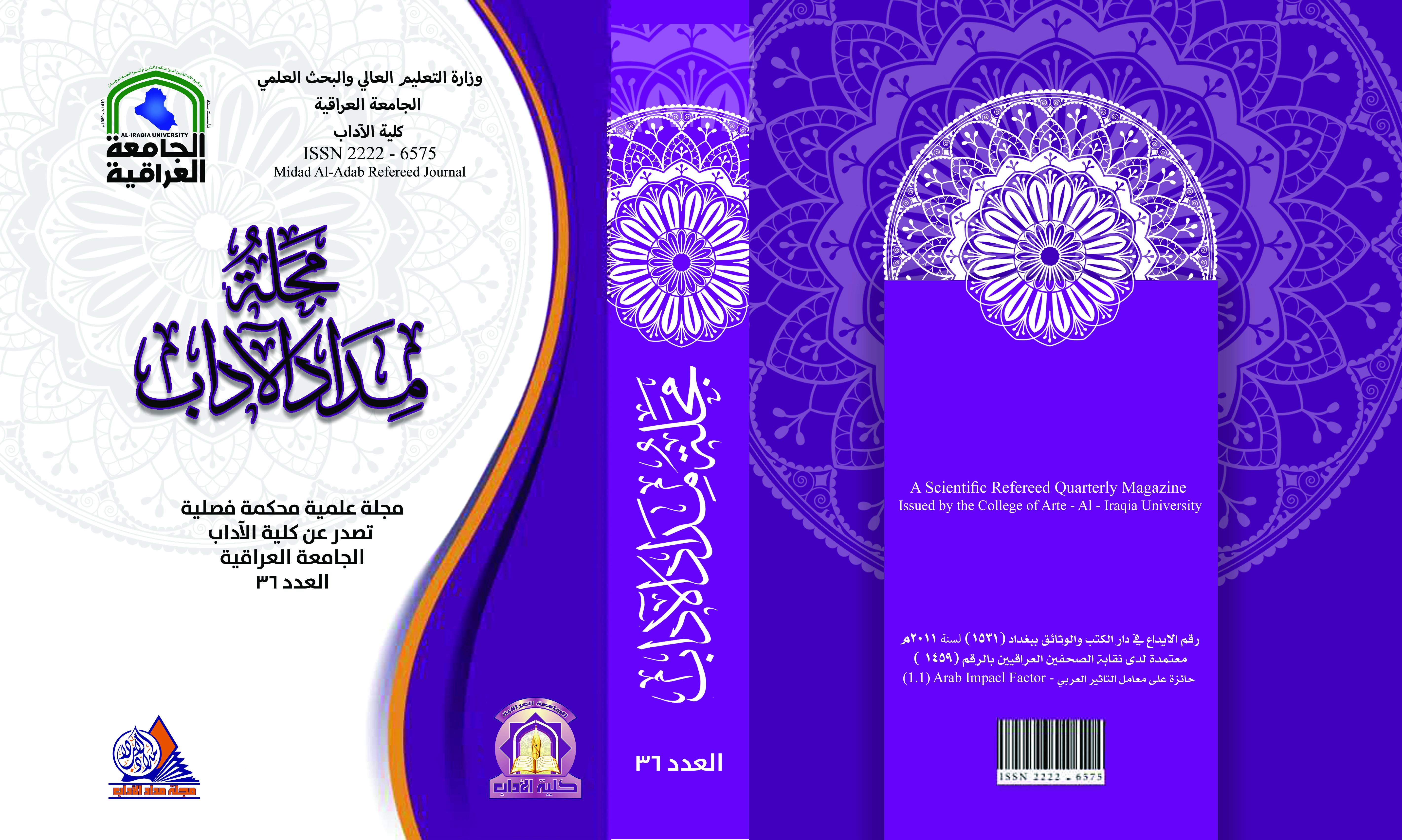Lexical Stylistic Analysis of Two Extracts from Tale of Two Cities: A Contrastive Study
DOI:
https://doi.org/10.58564/ma.v14i36.1592Keywords:
Stylistics, Deviation, Parallelism and Lexical Grouping.Abstract
Since the time it emerged, stylistics, as a field of knowledge which combines both linguistics and literature, acquired a special status in the linguistic arena. Its significance in complementing the meaning delivered by linguistic means has been proven and acknowledged through numerous stylistic analytic attempts of different literary works and in different languages. The question put forward in this paper is whether or not the stylistic analysis can work as effectively on translated texts as it does on the original ones without having the results reached by the analysis distorting the meaning of the original text. An attempt to investigate this question is made herein by conducting a lexical stylistic analysis on an extract from Dicken's novel "Tale of Two Cities". The extract is split into two texts, the first is kept in its original language, English, and the second is translated into Arabic. In carrying out the analysis, the researcher tries to find out whether or not the analyses of the two texts complement each other and serve the meaning intended by the author and with no barrier due to translation. The researcher hypothesizes that translation does not affect the meaning derived from the stylistic analysis since all languages enjoy an approximate degree of sophistication provided by the use of linguistic systems of high degree of complexity that allow them to account for different structures in their counterparts, which is confirmed through the analysis carried out in this study.
Downloads
Published
Issue
Section
License

This work is licensed under a Creative Commons Attribution-NonCommercial-NoDerivatives 4.0 International License.








